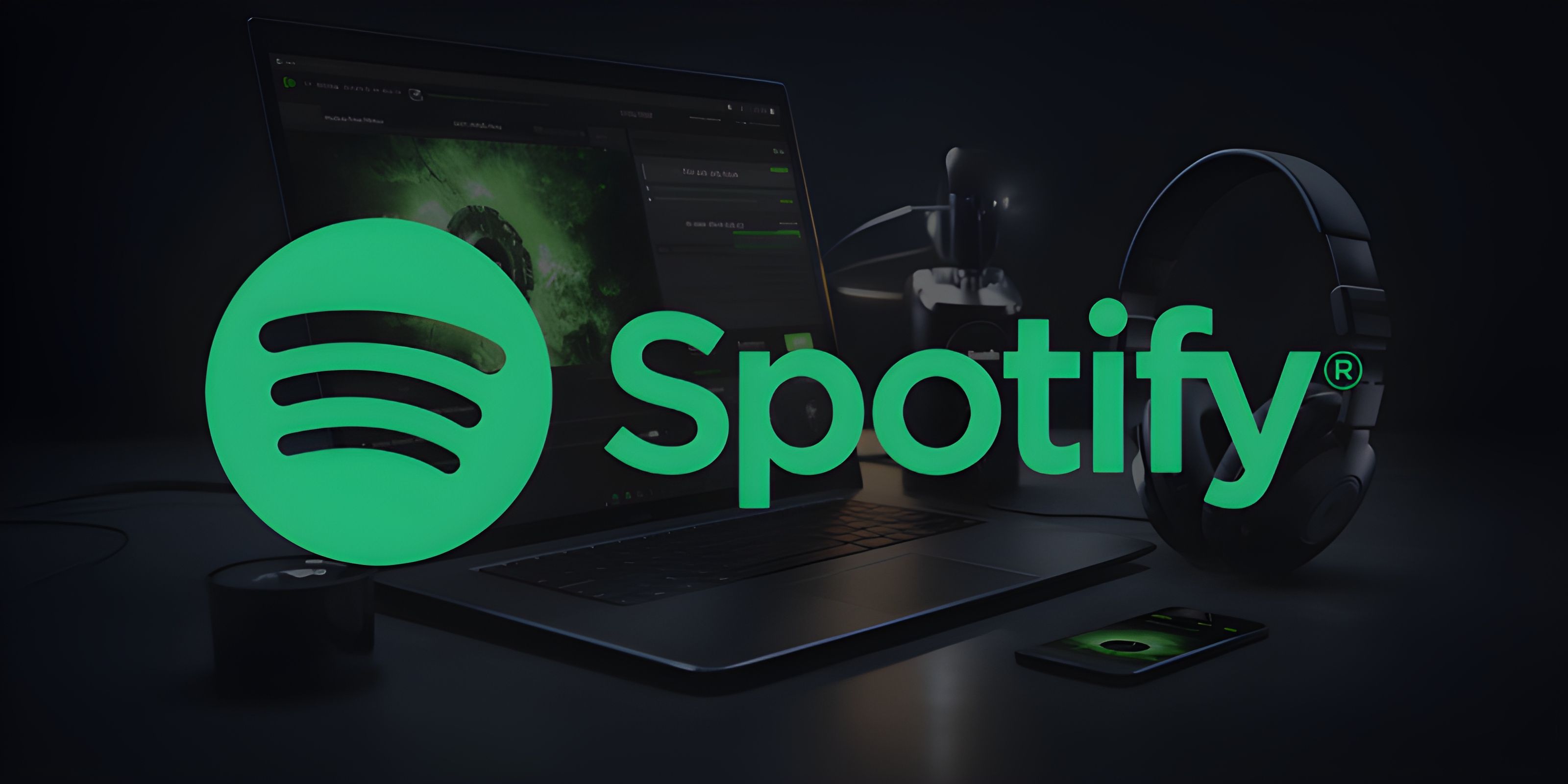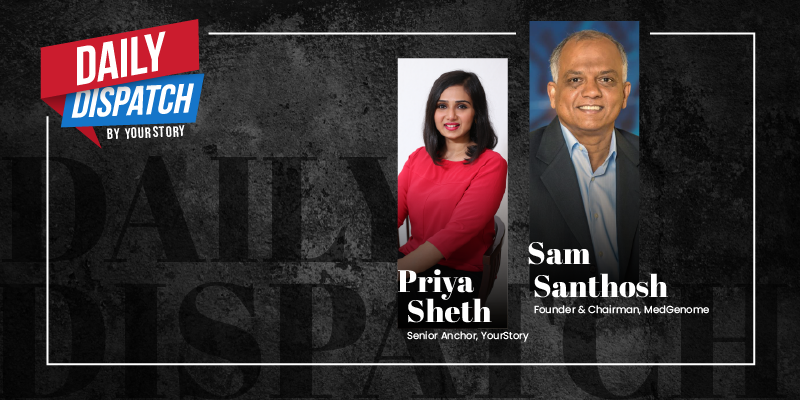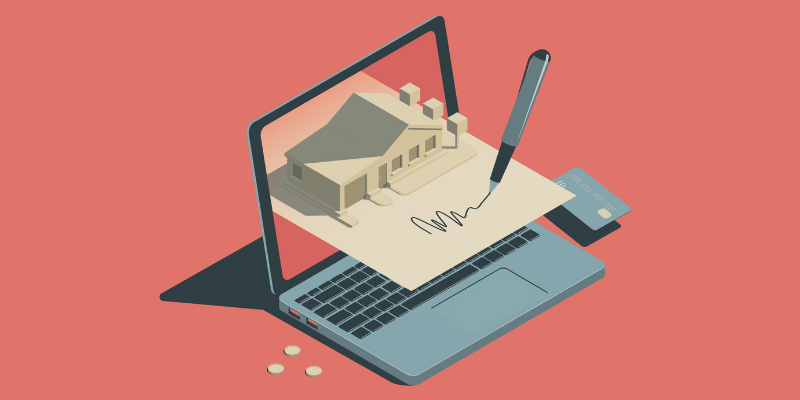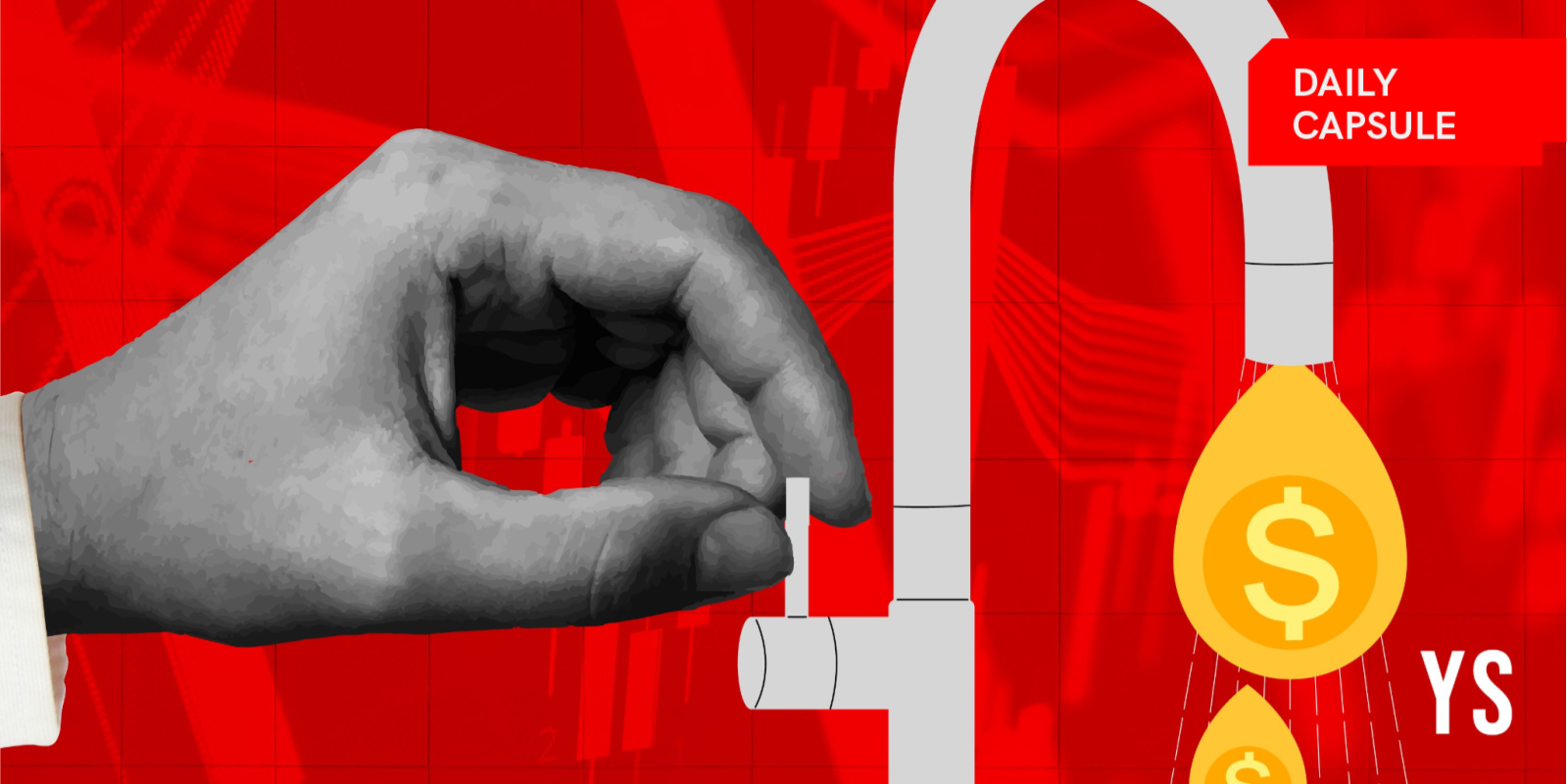K Vaitheeswaran, Indiaplaza, Selling Mangoes too Online,Confident of Capturing the Sweet Slice of E-Commerce Market in India Slow and Steady

K Vaitheeswaran, founder of Indiaplaza, is hungry for more
Having taken a consistent, steady approach of a tortoise in ramping up at an even pace unlike the rabbit that gave up after a heady rush, K. Vaitheeswaran, founder, Indiaplaza, asserts he stayed here for the long haul. After a job at Wipro exposed him to e-mail and Amazon.com as early as 1996, life was never the same again for this tenacious enterprising young guy. In 1999, he launched India’s first e-commerce portal, Fabmall.com. As Internet wasn’t yet mature in India, Fabmall.com became Fabmall, India’s integrated retail company with offline presence as well in 2002. The offline chain of stores was eventually acquired in 2006 by Aditya Birla Group, who renamed Fabmall as More. The online business, Fabmall.com, still with Vaithee, became IndiaPlaza.com after the acquisition.
Thinking ahead of time could be problematic as you have to fight with the immature ecosystem. But staying on to reap the benefits when the bet you believed in starts to rise is what you should be prepared for. Persistence is key. Vaithee has it in abundance. That’s why he is confident of navigating the latest market with aplomb to capture a significant slice of the e-commerce market in India. In this elaborate conversation, Vaithee lets out an insight: Offline retailers coming online would be the real tipping point for e-commerce in India but that is years away in his opinion.
Start early and prepare for a long haul
You started IndiaPlaza back then in 1999, how did you see the e-commerce in India evolve? If you were to start today, what would be the differences?
The first key difference when we started was that, it was a pioneering venture. We didn’t have anybody to look up to and learn from. So everything that we did, we did on our own. Most of them were mistakes but we learned from them.
The first big mistake we made was an error of judgement. We thought that this is going to be a huge business in a short period of time. It took us an year and half to realize that this is going to be a huge business, but this is going to be a marathon. It is not a 100 meter run, and so we needed to conserve energy and plan for the long run. We continue to believe even today that e-commerce is a massive industry, and will be. So when we went through very difficult periods, we kept on staying with the idea that we must continue to invest, but we realized that it is something that is going to work only in the long run.
The reason is that the number of people on the internet in India those days was 3 million, those shopping online 20,000. You can’t build businesses with those numbers. What has significantly changed today is that the 3 million has now become 100 million, and the 20,000 has become 7 million and that is one big change.
The second big change is that in those days there was a massive discomfort in transacting online. I think to a large extent those inhibitions have now been removed, and there are many things that have driven this change such as comfort with online bill payments, withdrawing cash from ATM, buying travel tickets and air tickets online.
If I was to start an e-commerce company, I think I would approach this very differently. Today if I was starting up, the market exists already. So I would invest for scale today itself, more aggressively at an early stage. That is the key difference. I think if you ask me what is the one thing that I would change, I would say, our business was 7-8 years ahead of its time.
So, would you say it was a good thing or a bad thing?
It is very hard to say, it is a question that I always grapple with, there is something called a first mover advantage, but there is something called the first mover disadvantage as well, if the timing is not right. It is a hard question to answer, but I would not go back and change anything. And, what I continue to believe is that if we alone didn’t continue to fight the good fight from 2002 - 2008, I don’t think e-commerce in India would have happened today, I think in a small way, we have helped accelerate the growth of e-commerce. In 1999 - 2007, we were the only company here, and I think in some way we have helped it happen faster.
Keep going through the storm
Wasn’t it hard to keep going from 1999 to 2007, did you back then clearly see a positive shift happening? What were some of the driving forces that kept you going?
We always knew that the shift was happening, if there was any error in my judgement it is that I expected that the shift would happen way earlier than it actually did. It took a few years longer, so it made us a few years ahead of its time, but that is okay. But, I am still not surprised, and even today I still believe in two things, e-commerce today in India is still out there in the future. It is not behind us. Second, e-commerce in India is not going to happen because of online retailers like Indiaplaza or anybody else, it will happen when offline retailers successfully go online. That is the real tipping point. And, that is few years away.
So, do you see yourself pushing a lot of the offline retailers to sell online via any marketplace models?
We continue to work with a lot of retailers, but it is less about the model. I think whether they go online via a marketplace or do their own website is less important. What is important is for them to fully realize that there is a huge market for their products and services via the internet. When that happens we will see that e-commerce will really take-off. Whether they go to Indiaplaza, or eBay or do their own website, or a mix of all is less important.
The nuts and bolts of it
What is the demography of visitors of IndiaPlaza?
Almost 50-60 % of our business is through books by volume. And, by value it mostly is electronics which is not surprising. I guess it is the same for everybody else. But, what we are going to see in the next six months is significant focus on lifestyle from Indiaplaza.
For example, we have already got two big stores out in the market, the baby products store and the sports store. I think these are well-kept secrets and I think these are the best in India right now in terms of selection and pricing and availability. We have always been about width, and now we are going deep.
And, the business model that we have had is that, and this is an important part, if you look at the demographics itself. If you look at millions of Indians in India, their first experience of online shopping has been with us and they all have grown with us. They all use credit cards on our site. However, we do have COD as well because of all the hue and cry about COD today, we ask people to pay us Rs. 39 for the COD service for orders below Rs 500.
Our customers today are between 27 and 45 years old, and all the 45-year-olds were mid-thirties when they all started transacting online, mostly male. They are typically working professionals, and they all belong to a class that I personally call “money rich and time poor” in the metros predominantly.
A lot of e-commerce growth in tier 2 and tier 3 cities are ascribed to Internet penetration. I personally believe that the excitement for them is the humongous selection available on sites like IndiaPlaza. For customers who are in Mysore or Meerut or Cuttack, they do not get access to massive selection in their local stores. Internet retail websites like Indiaplaza removes this problem. Further, they get access to this large selection at low pricing.
You guys sell mangoes online?
Yes, this is mangoes season! We have been selling mangoes online for the past 8 years. Last year alone we sold 2000 - 3000 boxes of mangoes in one month period. These are all Alphonso mangoes, they are from Maharashtra and are the genuine Alphonso mangoes. During peak mango season everyone sells Alphonso mangoes, but what we sell on the net is really Alphonso because we work with a farmer in Devgad and Ratnagad who has an Alphonso farm.
What about the logistical challenges when it comes to delivering to tier 2 and 3 cities?

We were the first to start the warehouses in India. We started with a warehouse in 1999, but in 2001 I shut down all the warehouses. We did groceries. We had warehouses in Mumbai, Delhi, Chennai, Hyderabad, and Pune. We had local groceries warehouses, and central warehouses for non-grocery products in Bangalore. In 2002, I personally went and shut everything down, because we learned that the warehousing model will never ever make money.That is my reading. Therefore our approach to supply chain is very different from virtually every other e-commerce company in India. In our case, we are very clear that we would like to build this as a financially robust model. I believe that our model is something that will work financially, and our supply chain is based on vendors directly making shipments. I won’t call it a marketplace model, as it is a model where vendors cannot become vendors on their own like eBay. In our case we select the partners. But they do the stocking and shipping. We don’t carry any inventory or we don’t have any warehouses. So we are still 150 people even after 13 years in business.
The inconvenient COD, the heart of the matter
What are your views on COD?
I think COD is the most inconvenient payment option for the customer. I am amazed at the amount of hype that has been created about COD. We started COD in 2001. I personally signed the first COD contract in India. In 2003 we shut it, because we realized that we were not going to make money in this, it is just too complicated. Not complicated from our side alone, but from a customer point of view.
COD becomes a very inconvenient payment option. I think internet shopping is all about convenience, there is selection, there is pricing, but the third big one is convenience. Convenience is where you order and you forget about it, right? But, if you ordered using COD, you would not be free to do what you want, because you have to sit and wait for the delivery guy to come, give some cash, get some change etc/ I think it is terribly terribly inconvenient to the customer.
You are actually increasing the cost of the transaction, making it less profitable, as third party cash collectors charge you per transaction.
The other thing is that the returns are extremely high, 45-50%, which means for every two products that we ship, one comes back. And, the courier company now charges you twice, one to go and one to return. Manufacturers are unlikely to take back the product if the seal is broken which is what happens in most returns. This adds up to your costs.
95% of the transactions on IndiaPlaza are through internet and credit cards, and less than 5% are via COD. I think it indicates a great trust on IndiaPlaza as a site. That’s last point on COD, the low COD % on Indiaplaza indicates a high level of trust our customers have that we will deliver.
The challengers and challenges
Closest competitors
I would say Landmark, Crossword, Shoppers Stop, Croma, eZone. I think there is a big competition from them. Like I said, e-commerce in India will happen when offline retailers move online, not when offline players sell at below costs.
Today, what are your major challenges?
I think our major challenge today is to stay calm, and not lose out the sight of the fact that we have to build a profitable and sustainable business, stay calm and do not get caught in the madness trying to match everyone else in terms of wildly acquiring customers at below cost because I think it is a very strong temptation, and continue to build a business with focus on how to make money.
We are very very clear, we are not running a charity organization, our challenge today is 1) how do I move the customer who is shopping today at Landmark and Shoppers Stop to move a small part of her shopping online. I think it is the one big challenge, it was there 13 years and it has not changed. 2) how quickly can we make money in this business and continue to do it in a manner that doesn’t allow us to get distracted by activities that we believe are financially harmful.
Getting more money pumped in
IndoUS came on-board last year. What are the 5 million dollars being used for?
Largely we have expanded the team, in January we were 35 people, now we have expanded to about 150. We were obviously on a very old creaking platform which is 10 years old. We have significantly upgraded them. We moved to the cloud very recently. We are one of the early adopters of cloud when it comes to e-commerce companies in India. The entire thing runs on cloud -- on Windows Azure.
Investments have happened in technology and people. The one area where we have not yet invested is marketing, which I think now we will. We just want to make sure that the systems are really ready to scale before we make the marketing investments, but that is not far away now.
Do you have IPO plans?
We are not even planning for a Series B at this stage. Maybe will look at Series B, and thereafter look at how things go. We have just done Series A in 13 years. We are very very slow company ( laughs ). We build it slowly but robustly. IPO is too far out in the future. We have not even thought about it. It is not that we are not planning. We haven’t even thought about it.
Finally, your advice to early stage entrepreneurs . . .
There are many reasons why people start companies. I think it depends on the driving force, if your core purpose is to grow something very quickly and get acquired by someone at high valuations, then it is a very risky proposition. My advise is don’t do that. It is very unlikely to happen that you build a company to get acquired, and it gets acquired, Most acquisitions happen to companies that are doing well on their own. So my advise to entrepreneurs is build a company that is sustainable, that is focussed, and is robust financially and make it a strong company, and it will succeed, success will follow.
Don’t start companies hoping to get acquired, I think that is a very risky proposition.
Website: http://www.indiaplaza.com/







![[Funding alert] Gurugram-based Bolo Indya raises $400,000 led by Inflection Point Ventures](https://images.yourstory.com/cs/2/0a385fc03e6011e999df3d1594bbde2c/Imagegtfr-1607249104762.jpg)



